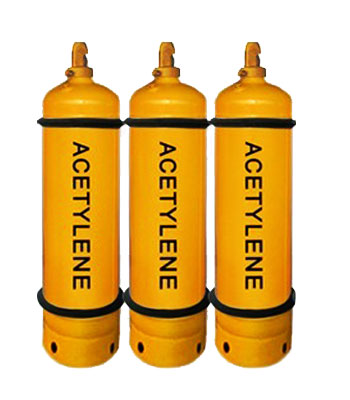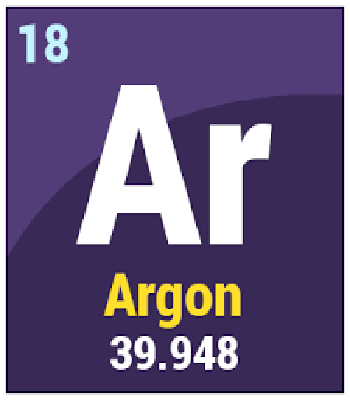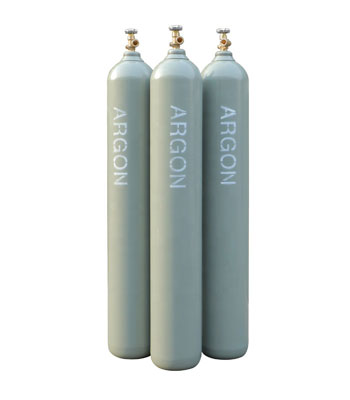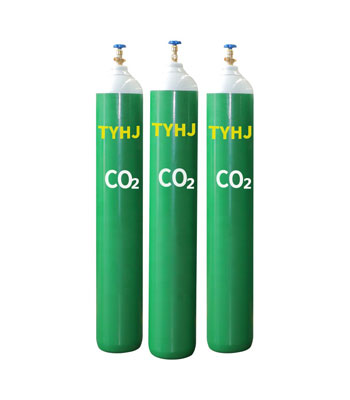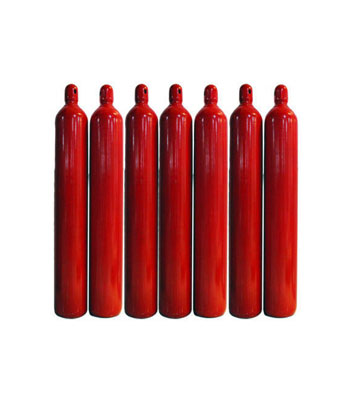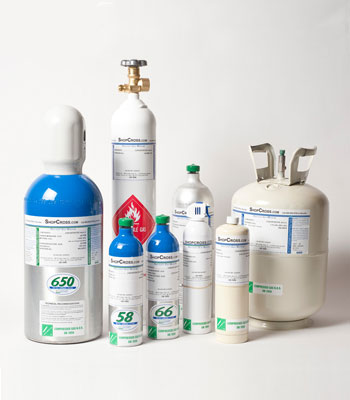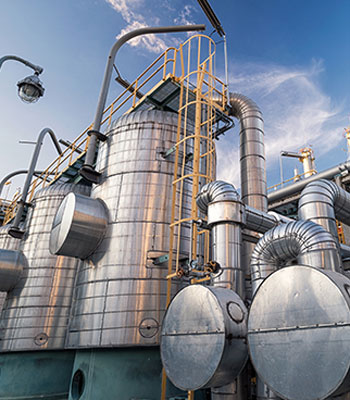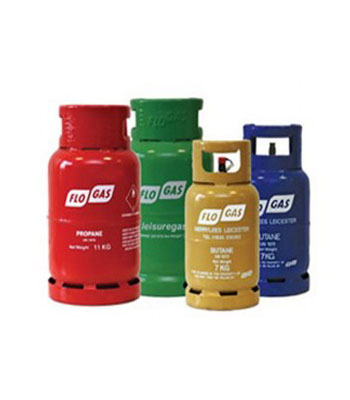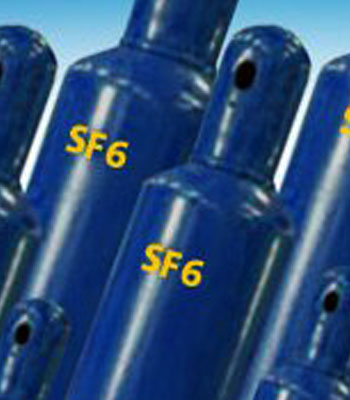Acetylene Gas
0,00 €Pure Acetylene Gas
- Acetylene is the chemical compound with the formula C2H2. It is a hydrocarbon and the simplest alkyne. This colorless gas is widely used as a fuel and a chemical building block. It is unstable in pure form and thus is usually handled as a solution. Pure acetylene is odorless, but commercial grades usually have a marked odor due to impurities.
- As an alkyne, acetylene is unsaturated because its two carbon atoms are bonded together in a triple bond. The carbon–carbon triple bond places all four atoms in the same straight line, with CCH bond angles of 180°. Since acetylene is a linear symmetrical molecule, it possesses the D∞h point group.
ARGON Gas
0,00 €Argon is a chemical element with the symbol Ar and atomic number 18. It is in group 18 of the periodic table and is a noble gas. Argon is the third-most abundant gas in the Earth’s atmosphere, at 0.934%.
Argon Gas
0,00 €Argon is a chemical element with symbol Ar and atomic number 18. It is in group 18 of the periodic table and is a noble gas.[3] Argon is the third most common gas in the Earth’s atmosphere, at 0.93% (9,300 ppm), making it approximately 23.8 times as abundant as the next most common atmospheric gas, carbon dioxide (390 ppm), and more than 500 times as abundant as the next most common noble gas, neon (18 ppm). Nearly all of this argon is radiogenic argon-40 derived from the decay of potassium-40 in the Earth’s crust. In the universe, argon-36 is by far the most common argon isotope, being the preferred argon isotope produced by stellar nucleosynthesis in supernovas.
Carbon dioxide Gas
0,00 €Carbon dioxide (CO2) is a nonflammable, colorless, odorless gas. It is found in air at concentration of about 0.03%. Carbon dioxide may exist simultaneously as a solid, liquid, and gas at a temperature of -56.6˚C and a pressure of 60.4 psig. At a temperature of -79˚C and atmospheric pressure, carbon dioxide solidifies forming “dry ice” at density of 97.4 pounds per cubic foot. Because of its low concentration in the atmosphere, air is not a suitable feedstock for carbon dioxide production. Rather, CO2 is obtained from by-product streams from various manufacturing processes. Bulk quantities of carbon dioxide are usually stored and shipped as liquid under elevated pressure and refrigeration.
Blanketing and purging of tanks and reactors. It is also used as shielding gas in the arc welding process. It is the source of the bubbles in soft drinks and other carbonated beverages. It is used to fill certain types of fire extinguishers that rely on its inert properties, densities, and low temperature when released from high-pressure storage.In addition to its “inert” properties, carbon dioxide, as dry ice, is used to freeze a variety of foods.
Carbon monoxide (CO) Gas
0,00 €Carbon monoxide (CO) gas is formed from the combination of a carbon atom with an oxygen atom. Not only flammable, it is also very hazardous since it is very toxic and odorless. It cannot sustain life and is produced, among other things, from incomplete combustion due to lack of oxygen. It can therefore cause domestic accidents if heating systems are poorly maintained. It is produced on a large scale in industry, in combination with hydrogen, by reforming hydrocarbons, generally natural gas. It is used in large quantities to produce various intermediary organic chemicals, such as acetic acids, isocyanates, formic acid, and also certain polymers such as polycarbonates and polyketones.
Ethylene Gas
0,00 €Ethylene (IUPAC name: Ethene) is a hydrocarbon with the formula C2H4 or H2C=CH2. It is a colorless flammable gas with a faint “sweet and musky” odor when pure. It is the simplest alkene (a hydrocarbon with carbon-carbon double bonds), and the second simplest unsaturated hydrocarbon after acetylene (C2H2). Ethylene is widely used in chemical industry, and its worldwide production (over 109 million tonnes in 2006) exceeds that of any other organic compound. Ethylene is also an important natural plant hormone, used in agriculture to force the ripening of fruits Global ethylene production was 107 million tonnes in 2005 … .
Hydrogen sulfide Gas
0,00 €Hydrogen sulfide is the chemical compound with the formula H2S. It is a colorless gas with the characteristic foul odor of rotten eggs; it is heavier than air, very poisonous, corrosive, flammable, and explosive.
propane Gas
0,00 €Propane is a three-carbon alkane with the molecular formula C3H8, normally a gas, but compressible to a transportable liquid. A by-product of natural gas processing and petroleum refining, it is commonly used as a fuel for engines, oxy-gas torches, barbecues, portable stoves, and residential central heating. Propane is one of a group of liquefied petroleum gases (LP gases). The others include butane, propylene, butadiene, butylene, isobutylene and mixtures thereof.
Sulfur hexafluoride Gas
0,00 €pure Sulfur hexafluoride Gas
- Sulfur hexafluoride (SF6) is an inorganic, colorless, odorless, non-flammable, extremely potent greenhouse gas which is an excellent electrical insulator. SF6 has an octahedral geometry, consisting of six fluorine atoms attached to a central sulfur atom. It is a hypervalent molecule. Typical for a nonpolar gas, it is poorly soluble in water but soluble in nonpolar organic solvents. It is generally transported as a liquefied compressed gas. It has a density of 6.12 g/L at sea level conditions, which is considerably higher than the density of air (1.225 g/L).
- Main applications



